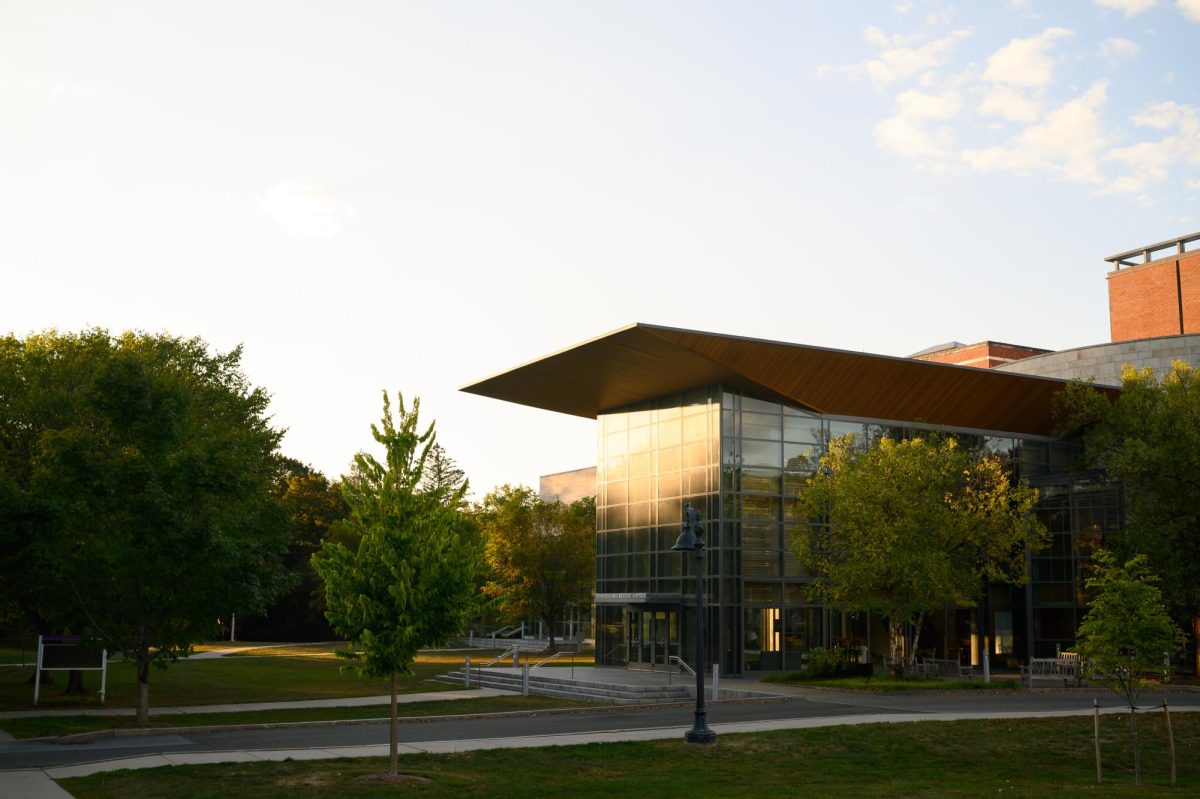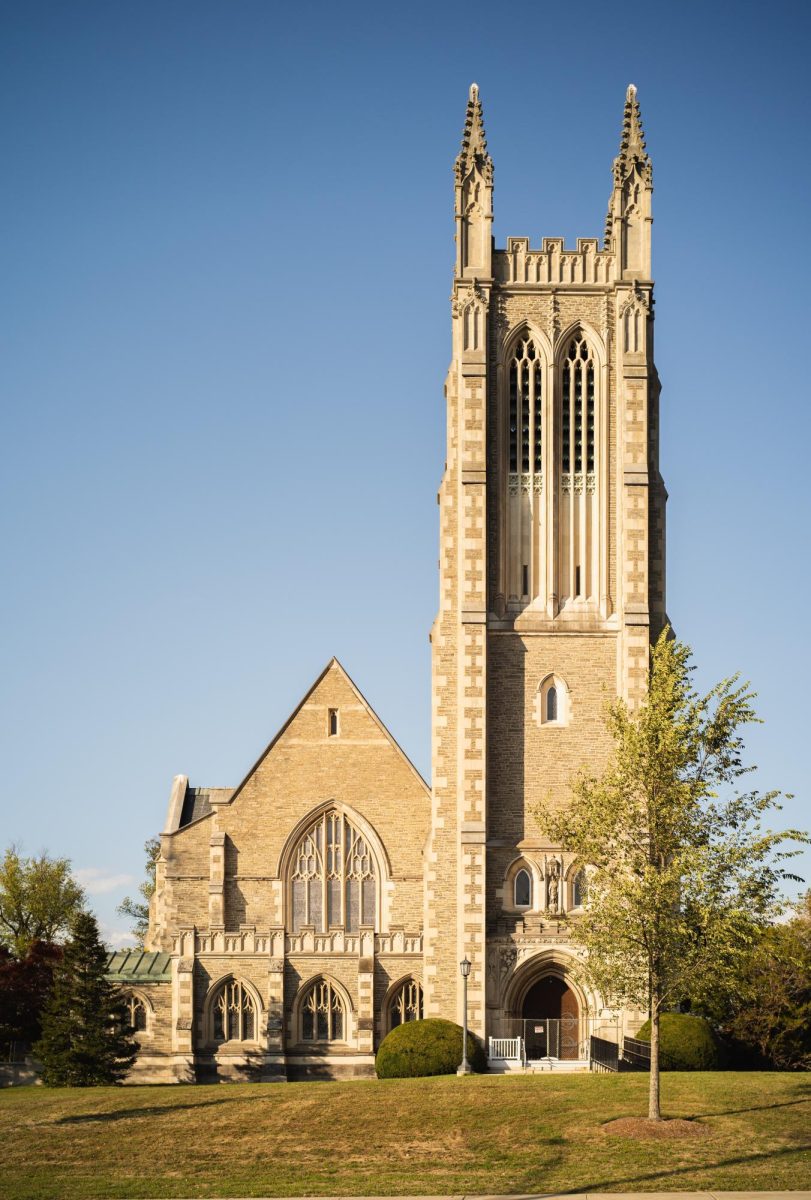The College announced last week that it will decrease the cost of tuition by 15 percent this coming academic year, waive the work-study contribution and provide a personal allowance to all students on financial aid for the upcoming academic year. The first to do so among peer institutions, the College announced these changes as students and families across the country have questioned and have even brought lawsuits against universities, arguing for decreased tuition for a partially or completely online education amidst the COVID-19 pandemic.
While Williams is the only school in the NESCAC that has so far announced a lower tuition for the coming year, Princeton University announced on July 6 that they would discount tuition by 10 percent for all students. Hampton University, a historically black college offering online-only courses in the fall, also lowered comprehensive fees by 15 percent.
This year, tuition, room and board at the College will be $63,200 rather than $74,660, and family contribution will also be cut by 15 percent for students on financial aid. The 15 percent reduction was designed to “recognize that the academic year and co-curricular year would just be fundamentally different than what would be ordinarily,” Provost Dukes Love said. According to the College, this decrease accounts for the absence of Winter Study in the 2020-2021 academic year, the lack of athletic competition at least in the fall and other adjustments that student activities will have to make.
While it’s difficult to precisely quantify the value of each of these aspects of the Williams experience, the administration kept a balance of several factors in mind, according to Love. “The trade-off was trying to recognize the many challenges of the year and to really represent what we thought was the value of the education, while at the same time recognizing that we needed to of course be attentive to the financial position of the College,” Love said.
He took note of the College’s strong financial position enabling it to make these temporary changes in cost, but he cautioned that it was not a sustainable approach to maintain for years to come. “You just can’t adopt those in an ongoing fashion without making other pretty substantial changes,” he said.
However, while Love recognized that the decrease in cost of tuition would impact the College’s revenue this year, he pledged that the decisions of his office would not affect its core operations. “We committed that [the tuition decrease] wouldn’t be the force that would cause us to reduce staff or faculty jobs or cut parts of the College that are really critical to students, faculty and staff,” he said.
Love said he expects that, barring other crises, the cost of attendance after the 2020-2021 academic year will reset to the original path projected before COVID-19. “That’s what’s required to make the financial picture work in the long run,” he said.
In the meantime, the College seeks to acknowledge and mitigate the challenges that students will face. As well as a 15 percent decrease in parent contribution, students on financial aid can expect to receive additional funding to help them “respond to unanticipated expenses that resulted from the pandemic,” according to an email sent to all financial aid recipients by Director of Financial Aid Ashley Bianchi.
First, the College will provide all aided students, regardless of whether they choose to enroll on campus or remotely, with a $700 cash stipend funded by the Coronavirus Aid, Relief and Economic Security (CARES) Act. Students can expect more information about this grant next week, according to Dean of Admission and Financial Aid Liz Creighton ’01. Creighton explained that this stipend was intended to “help cover any COVID-related expenses that students [have] incurred” or expect to incur heading into the semester.
The CARES funding is “the kickoff of a series of funding opportunities for aided students,” according to Bianchi. The College will also be waiving the work-study contribution for the year, replacing it with $1350 of grant funding per semester for all students on financial aid.
“That’s in recognition of the fact that we’re likely going to have very limited work-study opportunities on and off campus,” Bianchi said. Since the work-study expectation will be covered by the grant, students on financial aid will no longer be given preference in hiring for student employment.
Creighton previously mentioned a $925 allowance for students at a virtual town hall on June 30 but has since clarified that the $925 is part of the larger $1350 work-study grant rather than an additional allowance.
The summer earnings contribution will also be eliminated, granting students a free summer in addition to the one already allotted.
An additional $2,650 personal allowance per semester will be provided to aided remote students, bringing their total allowance per semester to $4000. Unlike direct grant funding, this allowance will be available as a refund only after students have paid their bill for the semester.
“We recognize that students who aren’t going to be on campus obviously won’t be billed for housing or food,” Bianchi said, “but we expect that most students and most families will experience some type of increased cost.”
Some students have expressed concerns about how the additional funding for remote students might discourage students from returning to campus for financial reasons. “It seems like while the 4,000 is really helpful for some and maybe that idea was created [with] that in mind, it just effectively means that the ability to be on campus is only available to people for whom 4,000 dollars doesn’t matter,” Daniel Queen ’21 said.
Creighton has since clarified that remote students on financial aid will only be receiving an extra $2,650, since all students on financial aid, regardless of whether they are on campus or not, will receive the $1,350 grant.
Queen said he wished the deadline for students to make a decision on the fall semester plans were later than July 10. “I’d just like to know what the College has done to ask low-income students their thoughts on this and maybe open up some sort of discussion about this,” he said.
Creighton emphasized that the allowance “was established not at all as a financial incentive” for students to remain off campus, but rather “to make sure that those students who wanted to be on campus but could not be had the financial support they needed.”
“We really wanted to make sure that, just as students who are on campus would have the financial support they need to have room and board while they’re here, we really felt it was important and incumbent upon the College to put a policy in place that would make sure students would have the funds that they need when they’re away from campus, either out of necessity, or by choice,” she added.
Despite criticisms of the potential financial incentive for students to enroll online, many students are appreciative of the College’s additional financial support, especially in comparison to other schools. “I think that Williams’ plan is excellent in that it accounts for the needs of those who rely on an income while living at home, given that their time will be spent studying rather than working,” Elias Sienkiewicz ’24 said.
Before the College announced its fall plan, Sienkiewicz was considering working part-time while taking classes remotely. Now, due to the decrease in parent contribution, he said he will be able to study on campus in the fall.








